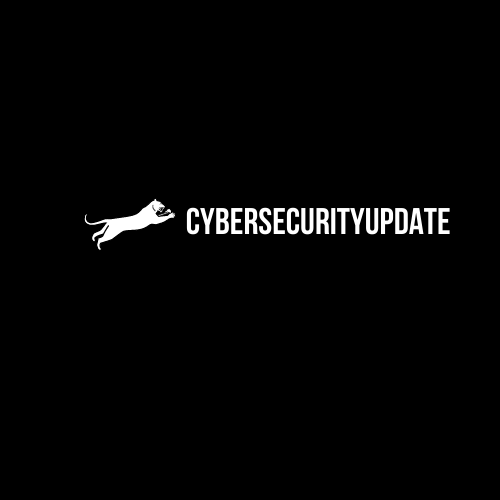CVE-2022-30190: Zero Click Zero Day in Microsoft Support Diagnostic Tool Exploited in the Wild
Microsoft confirms remote code execution vulnerability in Microsoft Windows Support Diagnostic Tool that has been exploited in the wild since at least April.
Background
On May 27, a security researcher going by nao_sec posted on Twitter about an “interesting” document they found on VirusTotal that was used to execute PowerShell code. Because this was a zero-day at the time, researchers referred to it as “Follina,” pending the assignment of a CVE number.
Interesting maldoc was submitted from Belarus. It uses Word’s external link to load the HTML and then uses the “ms-msdt” scheme to execute PowerShell code.https://t.co/hTdAfHOUx3 pic.twitter.com/rVSb02ZTwt
— nao_sec (@nao_sec) May 27, 2022
Over the weekend, researchers in the cybersecurity community did further analysis of the malicious file and discovered it was exploiting a zero day vulnerability in Microsoft Windows Support Diagnostic Tool (MSDT). Several researchers were able to reproduce the exploit and Huntress Labs was able to produce a zero click version, in which the targeted user would only need to select the malicious file to trigger the exploit.
In his analysis, Kevin Beaumont was able to trace the exploitation of this vulnerability back to April in attacks against targets in Russia. The original VirusTotal submission indicates that it may have also been used against targets in Belarus.
Analysis
CVE-2022-30190 is a remote code execution vulnerability in MSDT that impacts several versions of Microsoft Office, including patched versions of Office 2019 and 2021. The vulnerability exists due to the way MSDT is called using the URL protocol from certain applications. Because of the way this vulnerability is exploited, Microsoft lists the attack vector as “local,” but an attacker leveraging this flaw would likely be remote. Microsoft explains, “The word Remote in the title refers to the location of the attacker […] The attack itself is carried out locally.”
An attacker would craft a malicious document, Microsoft Word is common, and send it to their target via email. By exploiting this vulnerability, an attacker can execute commands with the permissions of the application used to open the malicious document. According to Microsoft, attackers can “install programs, view, change, or delete data, or create new accounts.” The attacks observed in April executed PowerShell code.
Huntress Labs and Kevin Beaumont both discovered that rich text format (RTF) circumvents Protected View, a key defense against malicious documents in Microsoft Office highlighted in Microsoft’s mitigation guidance. If the malicious file is in RTF, once the target selects the malicious file in Windows Explorer, the exploit will trigger.
Researchers have compared CVE-2022-31090 to CVE-2021-40444, which has been widely exploited. Given that, and the availability of exploit code, we expect to see broader attacks targeting CVE-2022-31090 in the near future.
Proof of concept
Huntress Labs has released a detailed technical breakdown of the vulnerability and other researchers have published proofs-of-concept on GitHub.
Vendor response
It was also reported over the weekend that this vulnerability was disclosed to, and dismissed by, Microsoft in April by the Shadow Chaser Group. On May 30, Microsoft released mitigation guidance for this vulnerability and assigned it CVE-2022-30190. Microsoft’s advisory confirms that the vulnerability was disclosed by a member of the Shadow Chaser Group.
Solution
At the time this blog post was published, Microsoft has not released patches for CVE-2022-30190. However, Microsoft has published a workaround and detection information. Microsoft recommends disabling the MSDT URL protocol however, it is not yet clear what the impact of disabling this may be.
Identifying affected systems
A list of Tenable plugins to detect the workaround for this vulnerability can be found here.
Get more information
Microsoft Security Update Guide for CVE-2022-30190
Microsoft Mitigation Guidance
Huntress Labs Technical Analysis
Join Tenable’s Security Response Team on the Tenable Community.
Learn more about Tenable, the first Cyber Exposure platform for holistic management of your modern attack surface.
Get a free 30-day trial of Tenable.io Vulnerability Management.
